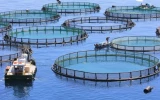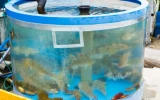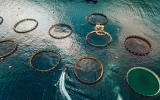How to Start a Salmon Farm: A Step-by-Step Guide with Costs (2023)
Salmon farming is a great way to meet the growing demand for healthy and sustainable protein sources. It offers an excellent opportunity to contribute to food security while reaping significant profits. In this guide, we'll walk you through the major aspects of setting up a successful salmon farm, including site selection, permits, equipment, and management practices. We'll also delve into the costs associated with starting and running a salmon farm.
To start a salmon farm:
- Choose the most suitable salmon species
- Design a suitable pond system that meets the specific needs of your salmon
- Implement a sustainable feeding and management plan
- Seek support from experts in the field, such as the USDA, or consult a comprehensive salmon farming guide.
In general, startup costs for a salmon fish farming business range between $12 and $37,876, with an average cost of $19,815. To get a more accurate estimation, consider consulting with a local expert or aquaculture organization before starting your salmon farm.
Summary
- Check the flow rate, the water quality, and contamination issues when you choose a site that meets the water needs of your salmon farming operation.
- When you choose the site for your salmon farm, consider its access to freshwater sources and existing environmental regulations.
- Understand and apply for local and government assistance programs, if available.
- Increase your chances for repeat customers when you use sustainable processing methods such as recirculating aquaculture systems.
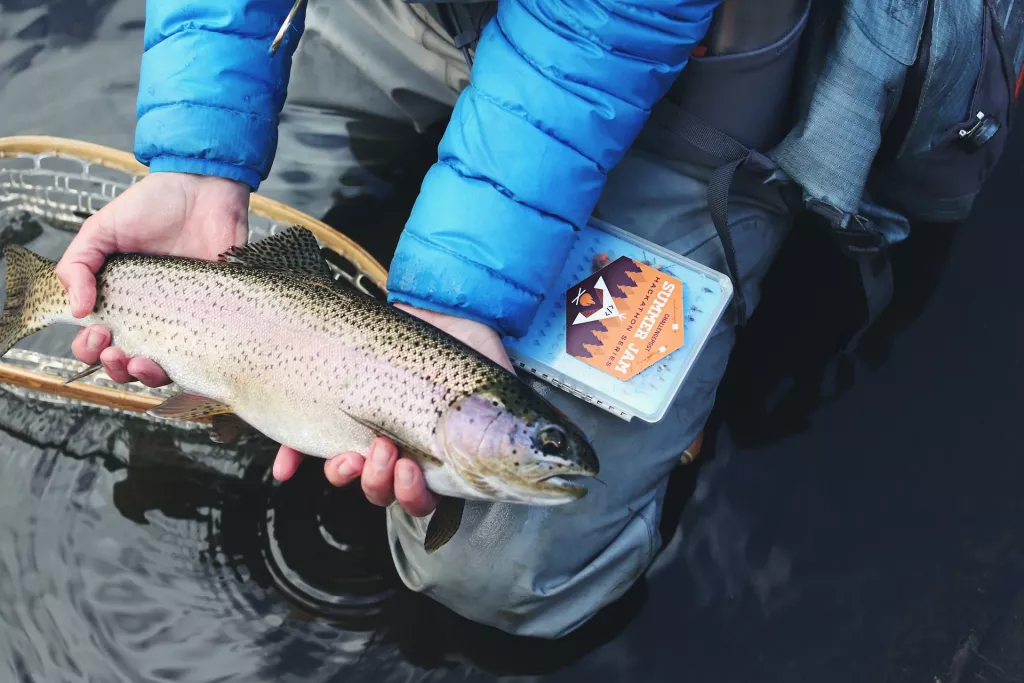
On this page:
Start-Up Costs for a Salmon Farm in 2023
Land and infrastructure costs
| Land and Infrastructure Costs of a Salmon Farm | Small-scale Salmon Farm | Medium-scale Salmon Farm | Large-scale Salmon Farm |
|---|---|---|---|
| Land purchase or lease | $10,000 - $50,000 | $50,000 - $200,000 | $200,000 - $1,000,000 |
| Construction of ponds or tanks | $10,000 - $50,000 | $50,000 - $200,000 | $500,000 - $5,000,000 |
| Water supply system | $2,000 - $10,000 | $10,000 - $50,000 | $50,000 - $500,000 |
| Hatchery and nursery facilities | $5,000 - $20,000 | $20,000 - $100,000 | $100,000 - $1,000,000 |
| Total start-up costs | $27,000 - $130,000 | $130,000 - $550,000 | $850,000 - $7,500,000 |
The first step in starting a salmon farm is acquiring suitable land and setting up the necessary infrastructure. Costs associated with this include:
- Land purchase or lease: The cost will vary depending on the location and size of your desired property.
- Construction of ponds or tanks: The size and number of ponds or tanks depend on your production plans. The average cost of constructing a pond is around $1,500 to $2,500 per acre.
- Water supply system: Your salmon farm will require a stable water supply. The cost will include drilling wells or setting up water pumping stations.
- Hatchery and nursery facilities: If you plan to breed your salmon on-site, expect to invest in hatchery and nursery facilities.
Operational expenses
| Running Costs of a Salmon Farm (Per Year) | Small-scale Salmon Farm | Medium-scale Salmon Farm | Large-scale Salmon Farm |
|---|---|---|---|
| Salmon fingerlings or smolts | $5,000 - $20,000 | $20,000 - $100,000 | $100,000 - $1,000,000 |
| Fish feed | $5,000 - $10,000 | $20,000 - $50,000 | $200,000 - $1,000,000 |
| Labor | $10,000 - $20,000 | $50,000 - $100,000 | $500,000 - $1,000,000 |
| Electricity and water utilities | $2,000 - $5,000 | $10,000 - $20,000 | $50,000 - $100,000 |
| State or local taxes | $1,000 - $5,000 | $5,000 - $20,000 | $20,000 - $50,000 |
| Total operational expenses | $23,000 - $60,000 | $105,000 - $290,000 | $870,000 - $3,150,000 |
Apart from land and infrastructure costs, you also need to consider the following operational expenses:
- Stocking salmon: The cost to buy salmon fingerlings or smolts will depend on the species and quantity. On average, it can cost around $1 per fish.
- Fish feed: Your salmon farm will require high-quality feed to ensure healthy growth. The average annual cost of fish feed depends on the size of your facility and feed conversion ratio.
- Labor: You require manpower for the daily maintenance of your salmon farm. Consider hiring experienced personnel to handle tasks like feeding, cleaning, and monitoring water quality.
- Utilities: You will have to account for utility bills like electricity and water usage, as well as any state or local taxes.
Choose a Site for Your Salmon Farm
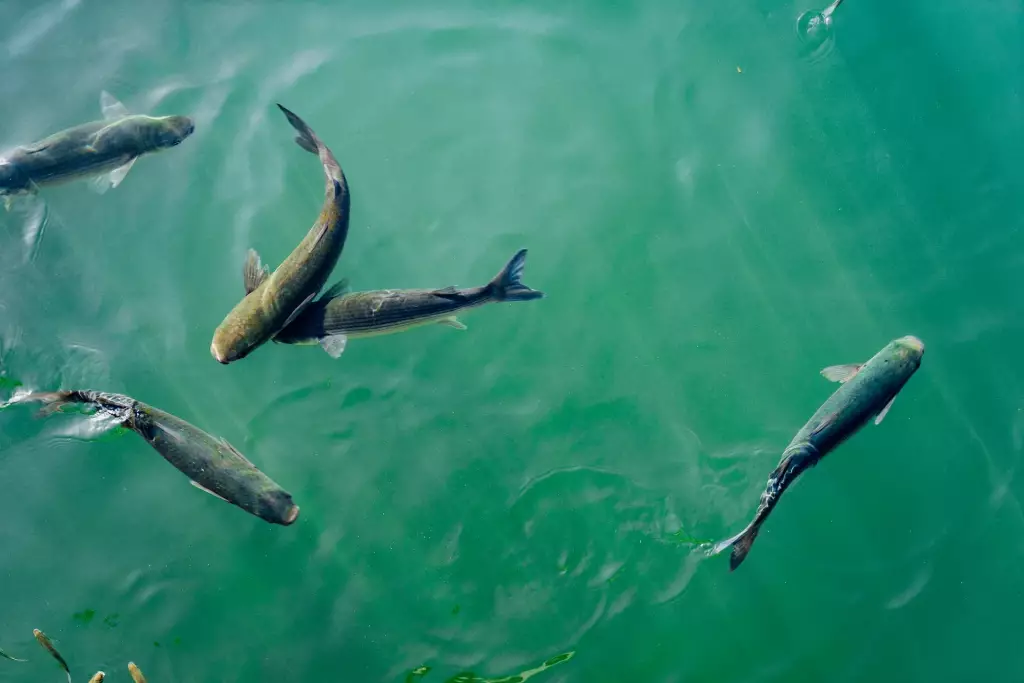
Ensure you have access to fresh water sources
Salmon require clean, oxygen-rich water to thrive, so consider local water sources such as rivers, streams, or wells in your decision-making process. It's important to evaluate the quality and availability of the water source, as well as any potential challenges related to water usage rights in your area. Make sure you understand the following:
- The flow rate and volume of available water
- The water quality, including chemical, physical, and biological factors
- The potential for water contamination from external factors
Work with environmental regulations
You will need to obtain the necessary permits and licenses from the appropriate governmental agencies before starting your farm. Some key considerations when evaluating a site include:
- Zoning requirements: Make sure your farm's location is zoned for fish farming and confirm any relevant restrictions
- Local and national environmental regulations: Familiarize yourself with the laws governing water usage, water discharge, waste management, and salmon farming operations in your region
- Fish species regulations: Ensure that you are allowed to farm the specific species of salmon you plan to raise
Research and compliance with environmental regulations will not only help protect the environment but also ensure the long-term viability of your salmon farm.
Set up Your Salmon Farm
Prepare and choose a land suitable for raising salmon
Select a location with a water source like a stream or river, as they require a constant flow of clean, oxygenated water. Make sure the water temperature and quality are appropriate for salmon, as they are sensitive to changes in their environment. Next, clear the land, ensuring it's free of debris and vegetation. Additionally, obtain any necessary permits for building a salmon pond on your property.
Purchase the essential equipment
You may want to compare prices and choose equipment that suits your budget and farming needs. Here's a list of items you may need:
- A water pump and filtration system to maintain water quality
- Aeration equipment to keep the water oxygenated
- Tanks or ponds, depending on your farming method
- Fish feeders
- Equipment for spawning and hatching salmon eggs
- Nets and other tools for handling salmon
Acquire salmon stock from reliable sources
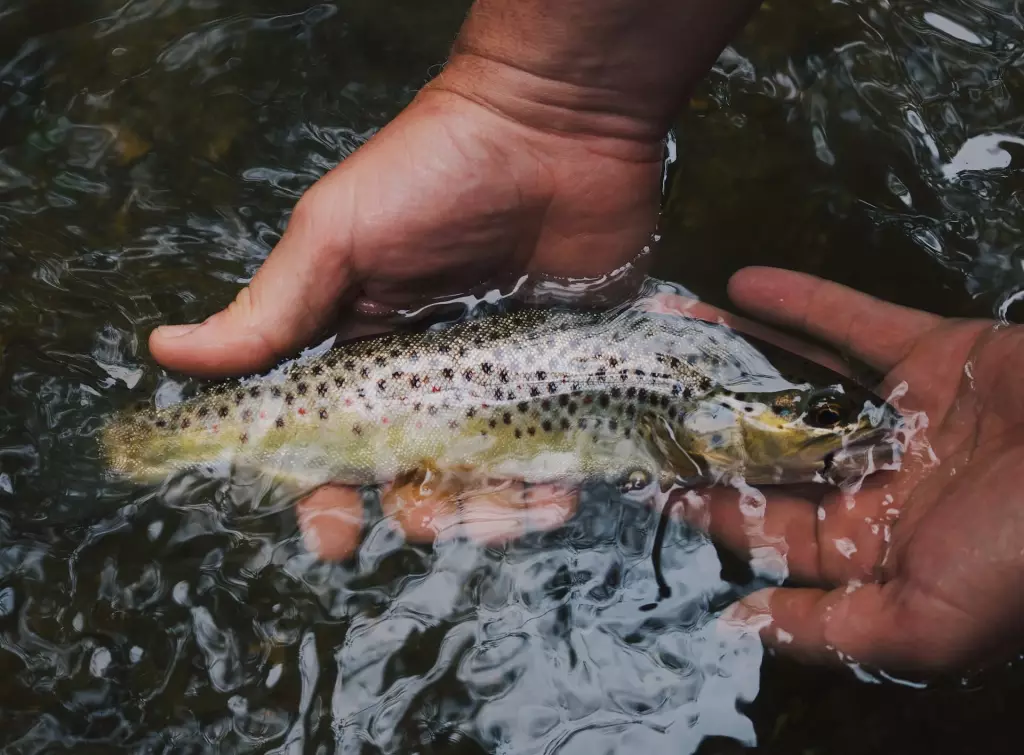
Obtain salmon eggs, also known as "eyed eggs," from a reputable supplier. Make sure the eggs originate from healthy broodstock and are disease-free. Different salmon species have varying requirements, so select a species suitable for your farm's conditions.
Once you've acquired the eggs, transfer them to your hatching facility. Maintain optimal water temperature, quality, and oxygen levels for successful hatching. After the eggs hatch, rear the fry (baby salmon) until they're ready to be moved to the main farming area.
Keep in mind that ongoing maintenance, disease prevention, and proper fish feed are vital to ensuring the health and growth of your salmon.
Salmon Farm Management Practices
Proper feeding and nutrition for your salmon
You can start by choosing a high-quality feed that meets the nutritional requirements of the species. Consider factors like the size of your fish, their age, and the water temperature when determining the feed amount. Monitor the fish's appetite and adjust feed ratios accordingly to minimize wastage and maintain optimal growth rates. Some fish farms even use plant matter to supplement the salmon's diet.
It is crucial to distribute the feed evenly so that all fish have an equal opportunity to eat. This can be accomplished using automated or hand feeding methods, depending on your farm setup and budget.
Maintain the health and control disease in your salmon
You can begin by implementing proper biosecurity measures, such as limiting access to the farm and controlling water quality. Regularly monitor your fish for signs of stress or disease, and take immediate action if any issues arise.
One of the main challenges in salmon farming is dealing with parasites and diseases. The best approach to managing these challenges is through prevention. This involves keeping the water quality at optimal levels, practicing good husbandry, and implementing a robust vaccination program.
Antibiotics can be used to treat bacterial infections, but they should be administered carefully and only when necessary. To prevent the spread of disease and maintain optimal fish densities, be prepared to remove any unhealthy fish from the farm. Regularly cleaning and disinfecting the facilities and equipment will also help control disease outbreaks.
Harvest and Process Your Salmon
Remember to maintain a focus on animal welfare and environmental conservation as your farm grows and expands.
Time the harvest of the salmon
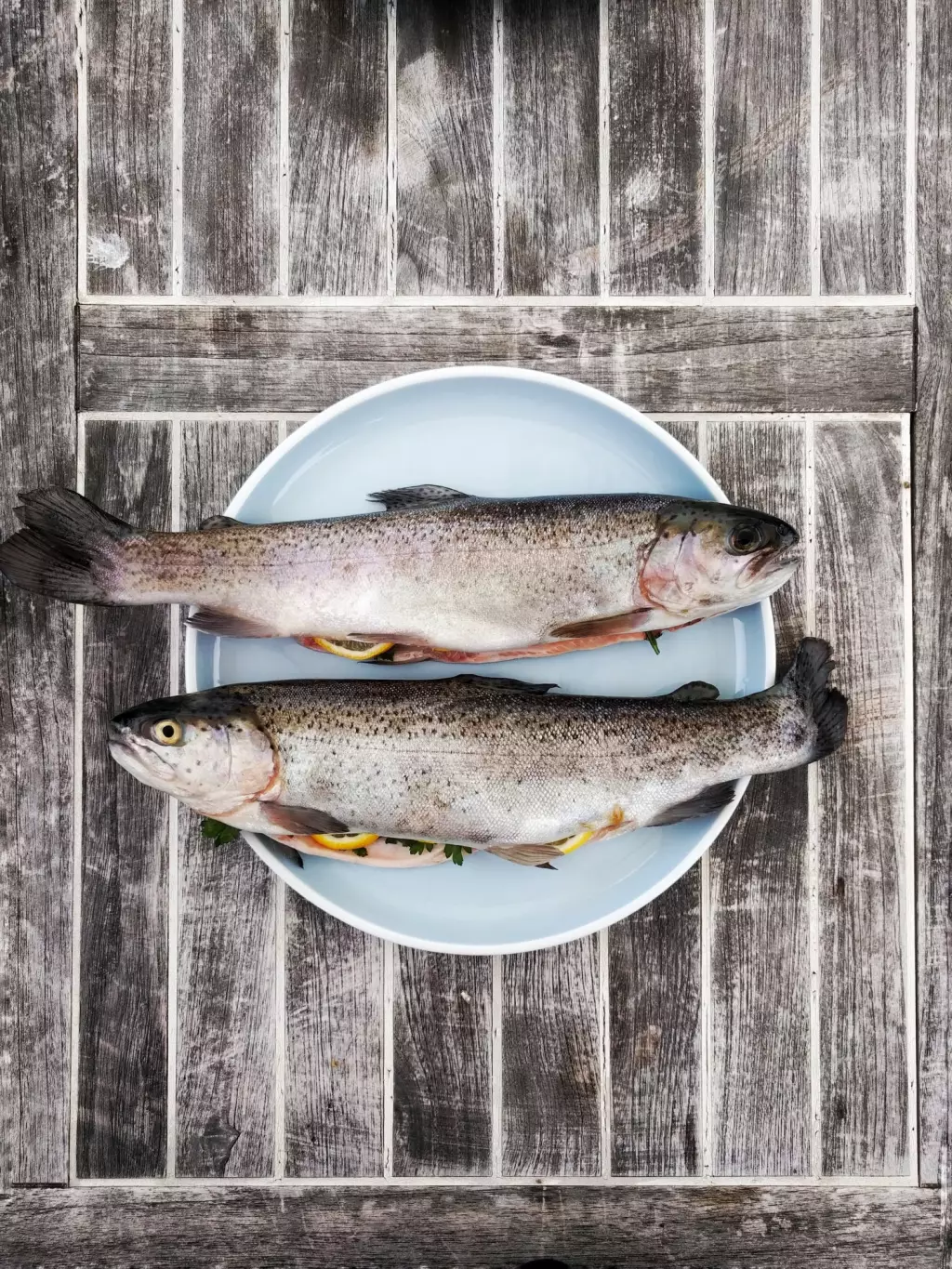
It's important to harvest salmon at the right time for optimal quality and taste. The first step is to ensure your salmon have reached their harvestable size, which typically occurs after about 3 years of growing in controlled environments. When they are ready, you'll want to stop feeding the salmon about a week before the harvest. This allows them to clear any waste from their digestive systems and improves the overall quality of the meat.
Check the appearance and size of your salmon regularly. As soon as you observe that the majority of them have reached the desired size, prepare your harvesting equipment and begin the process.
Always remember to:
- Use clean and sanitized equipment
- Follow safety and handling guidelines
- Minimize the stress on the fish throughout the process
Sustainable processing methods for salmon
Sustainability and environmental impact are key concerns within the salmon farming industry. Therefore, using sustainable processing methods is essential for your farm's long-term success.
- Consider using closed-containment systems: These systems help reduce waste while also protecting wild salmon populations from potential disease transfer.
- Recirculating aquaculture systems (RAS): RAS technology significantly reduces water use and helps recycle waste back into the system as useful nutrients for the salmon.

